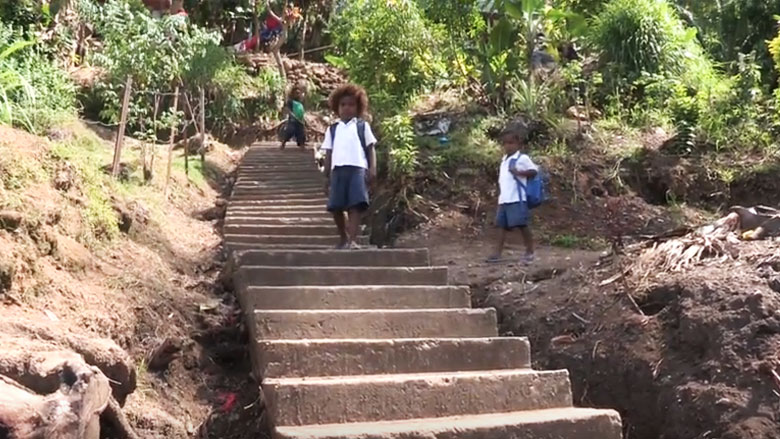Challenge
Just one-fifth of Solomon Islands - an estimated 50,000 people out of a working population of 250,000 – are employed in Solomon Islands’ formal economy. The rest of the population are engaged in subsistence agriculture with periodic cash incomes. Approximately 7,500 young people leave school to enter the workforce each year, yet only one in every six school leaver will find paid employment.
Women, in particular, are faced with significant obstacles in entering the formal workforce, and each year a growing number of people make their way from rural communities to urban and peri-urban centers, such as the Solomons’ capital, Honiara , in search of a job, with rural-urban migration growing at a steady pace of 4.4 percent over the past 10 years.
In addition, Solomon Islands’ overall population growth of 2.3% per year is outstripping job creation in the formal economy.
Synopsis
Almost 13 percent of Solomon Islanders are classified as ‘poor’ or living in poverty, with the highest rates in the country’s capital, Honiara. Youth unemployment and limited socio-economic opportunities are two of the key challenges facing the country.
In 2009, with the Solomon Islands recovering from a period of civil conflict known as The Tensions (1998-2003), the World Bank designed an employment project, focused on supporting poor communities in and around Honiara, which became the Rapid Employment Project.
By engaging young people and women in work and skills training, the project helped to mitigate the risks of renewed conflict, increasing the household incomes of many poor families and providing infrastructure for those living in vulnerable communities.
Approach
Through the provision of short term employment, women and vulnerable young men were able to increase their income levels. The project also improved their knowledge, experience and basic employment skills that are valued at the workplace and in society. People in these vulnerable communities now have better access to markets and services through climate resilient roads and infrastructure built as part of the project, which include roads, foot bridges and walkways.
